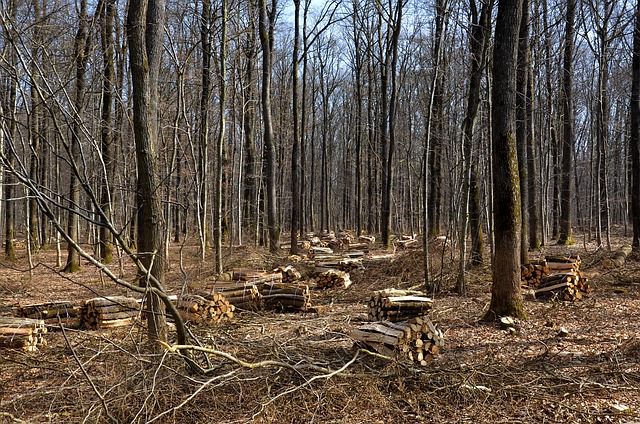Climate Deescalation Workshop
 Read MoreClimate Deescalation Workshop
Read MoreClimate Deescalation WorkshopImpact Investing to Reduce Carbon Emissions and Combat Climate Change
 Read MoreImpact Investing to Reduce Carbon Emissions and Combat Climate Change
Read MoreImpact Investing to Reduce Carbon Emissions and Combat Climate ChangeCarbon Neutrality in a Changing Climate A Sustainable Transition
 Read MoreCarbon Neutrality in a Changing Climate A Sustainable Transition
Read MoreCarbon Neutrality in a Changing Climate A Sustainable TransitionRed Tide Evacuation Climate Change Threats to Coastal Communities
Read MoreRed Tide Evacuation Climate Change Threats to Coastal CommunitiesEquality in Climate Action Bridging Environmental Divide
 Read MoreEquality in Climate Action Bridging Environmental Divide
Read MoreEquality in Climate Action Bridging Environmental DivideSea Turtles Melting Oceans Call for Climate Action
 Read MoreSea Turtles Melting Oceans Call for Climate Action
Read MoreSea Turtles Melting Oceans Call for Climate ActionPitching Crank Everyday Transport Hidden Emissions Fuel Climate Change
Read MorePitching Crank Everyday Transport Hidden Emissions Fuel Climate ChangeCircular Economy for Tengerszint Climate Change Solutions
 Read MoreCircular Economy for Tengerszint Climate Change Solutions
Read MoreCircular Economy for Tengerszint Climate Change Solutions